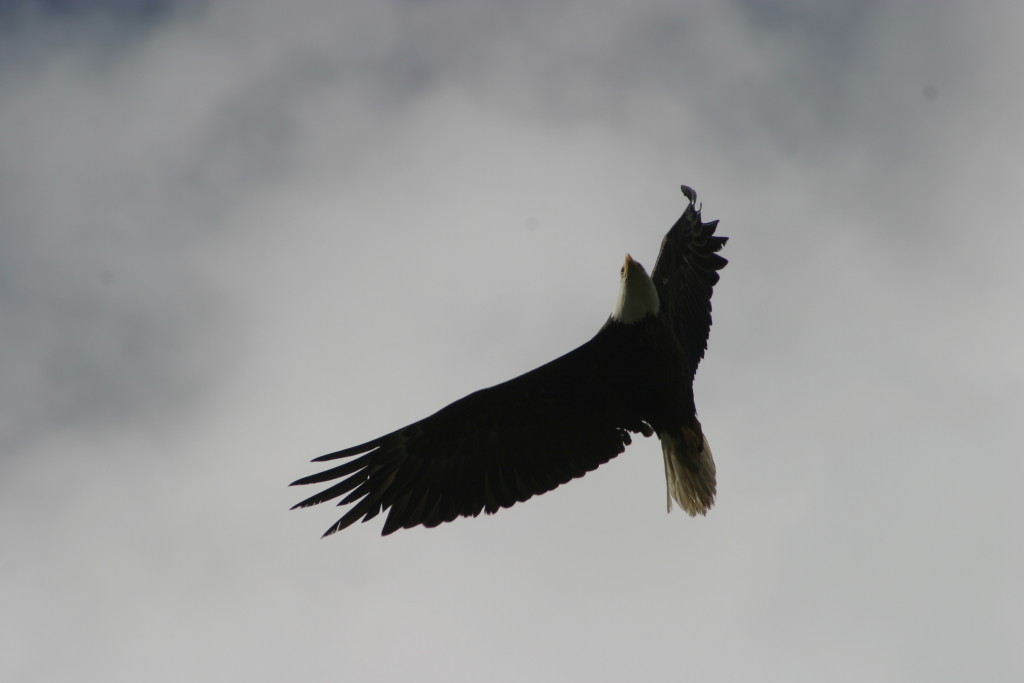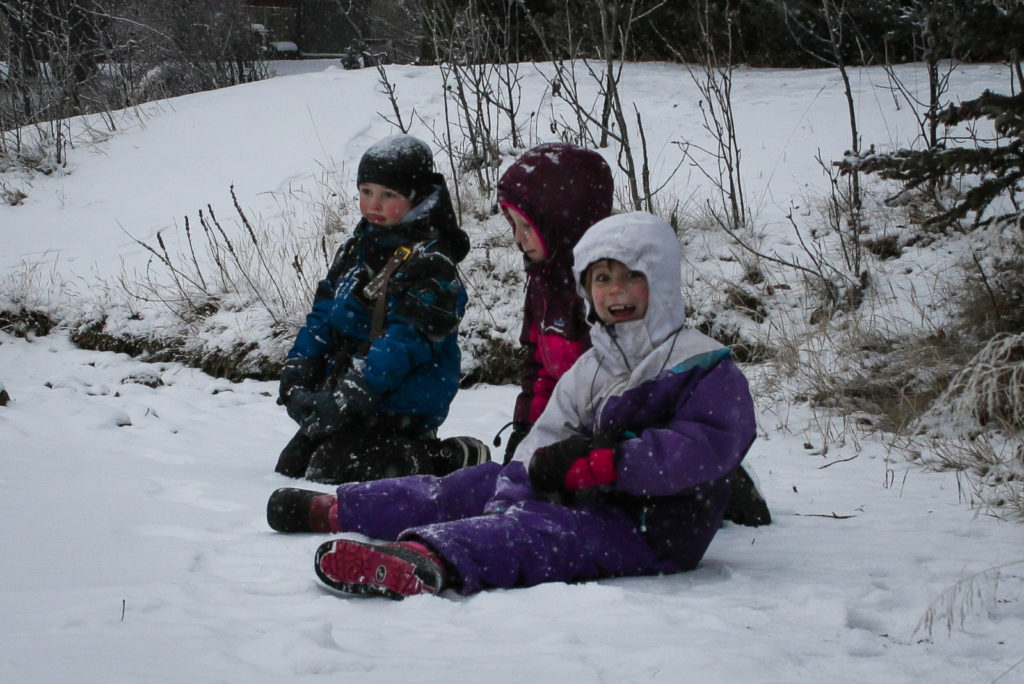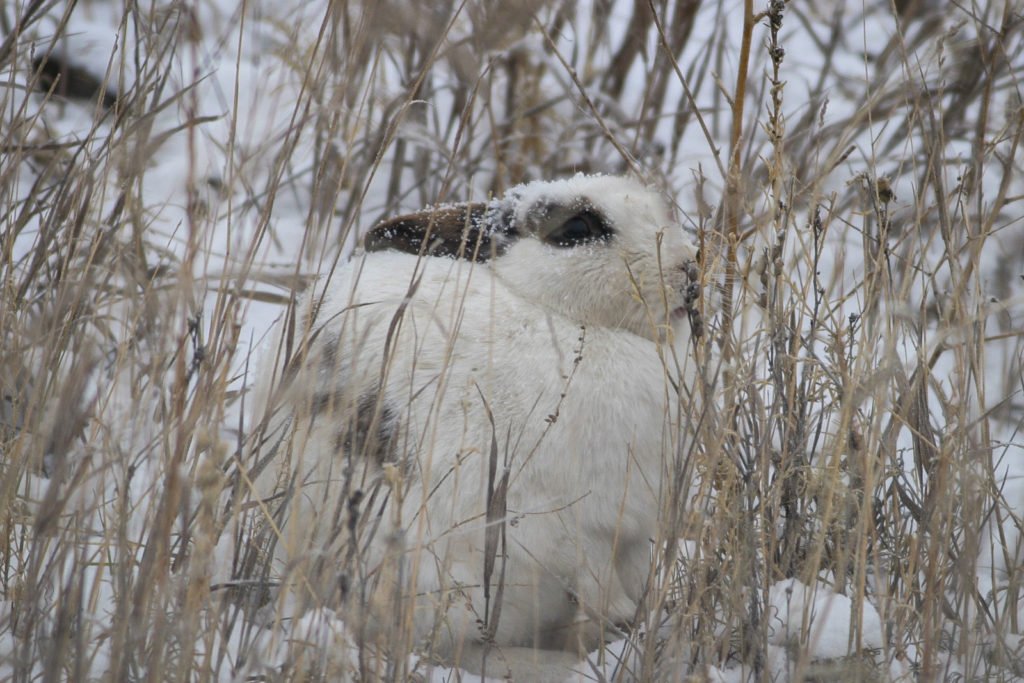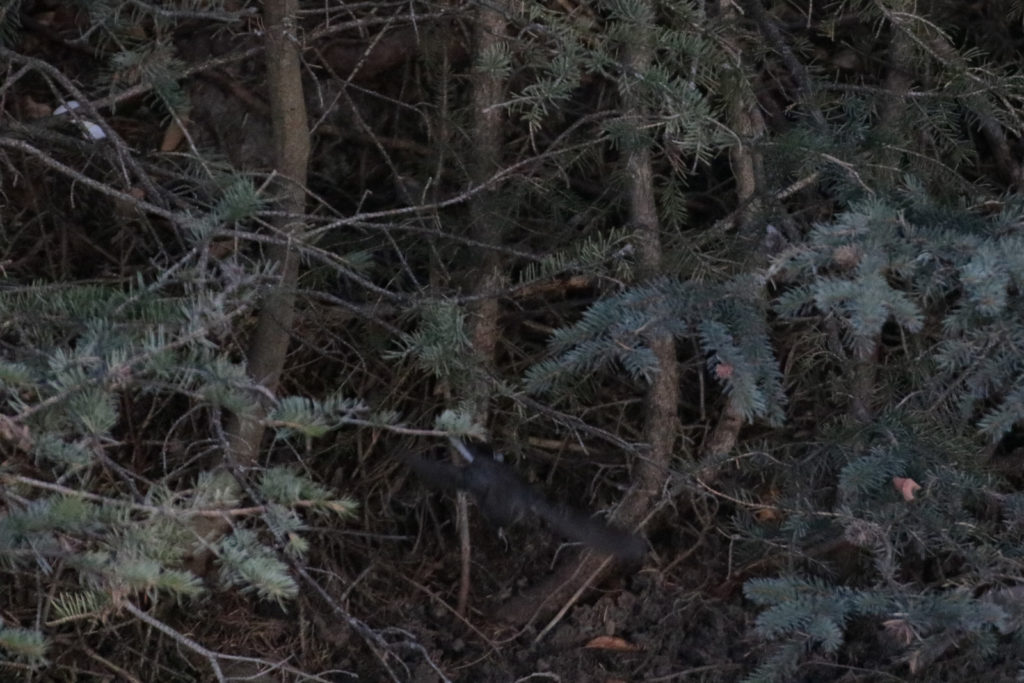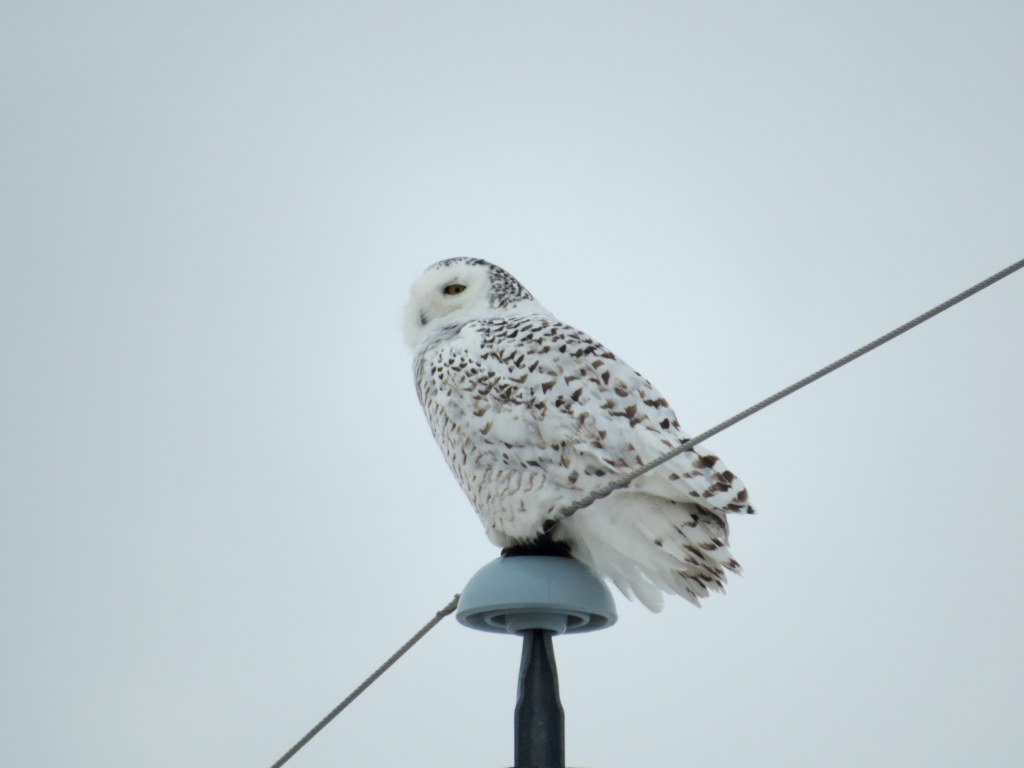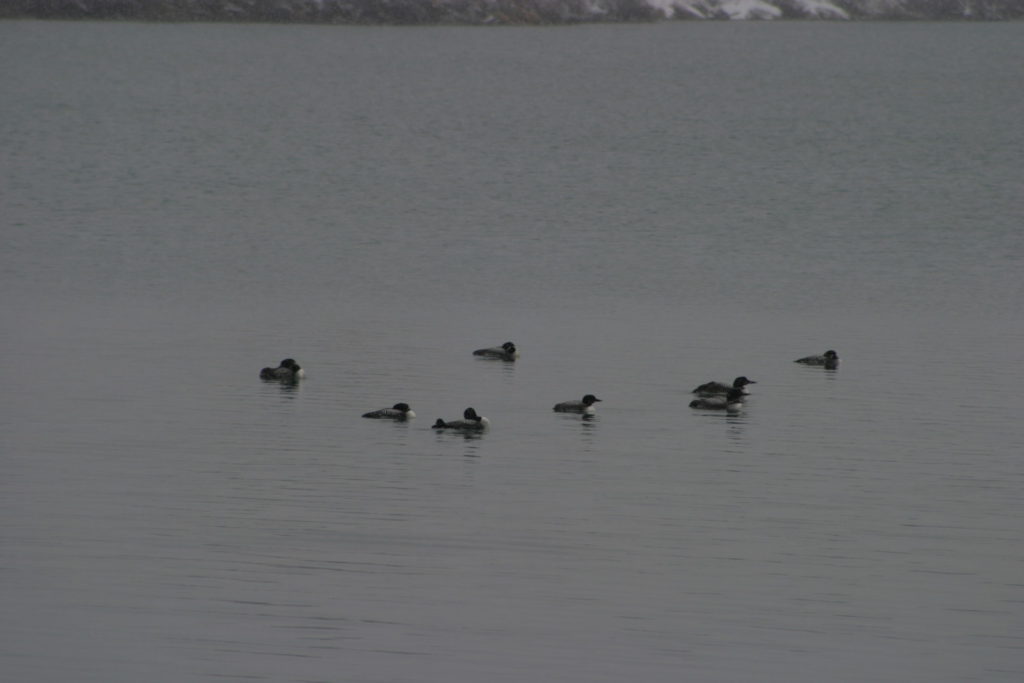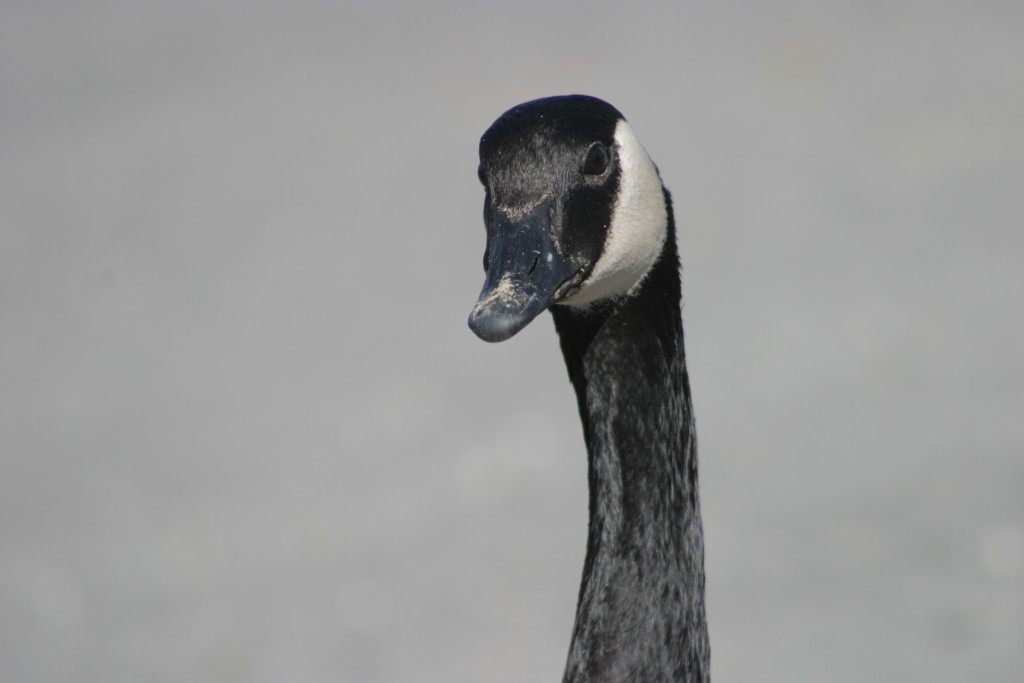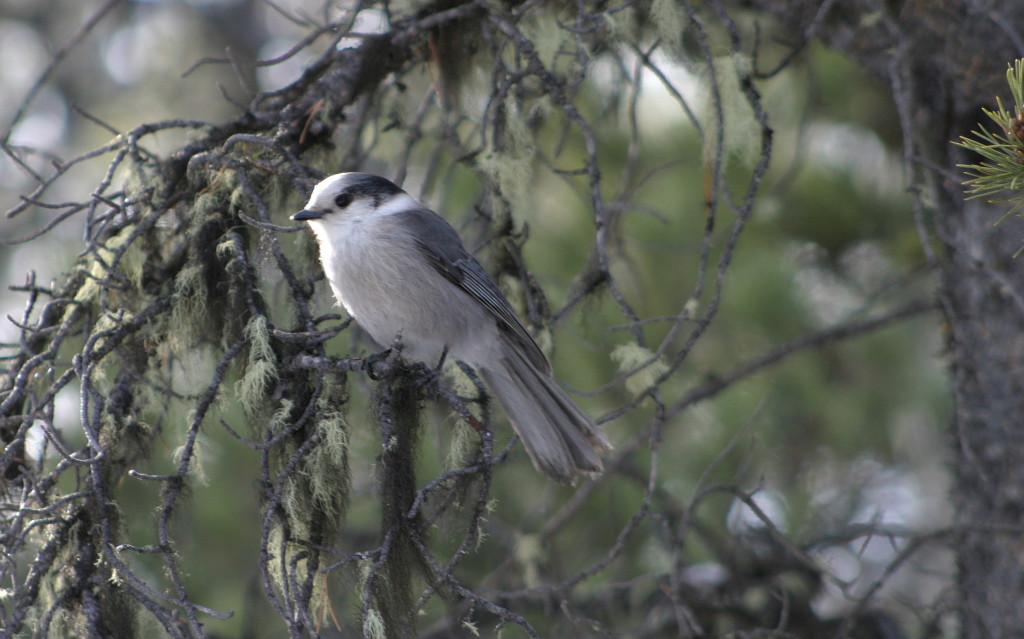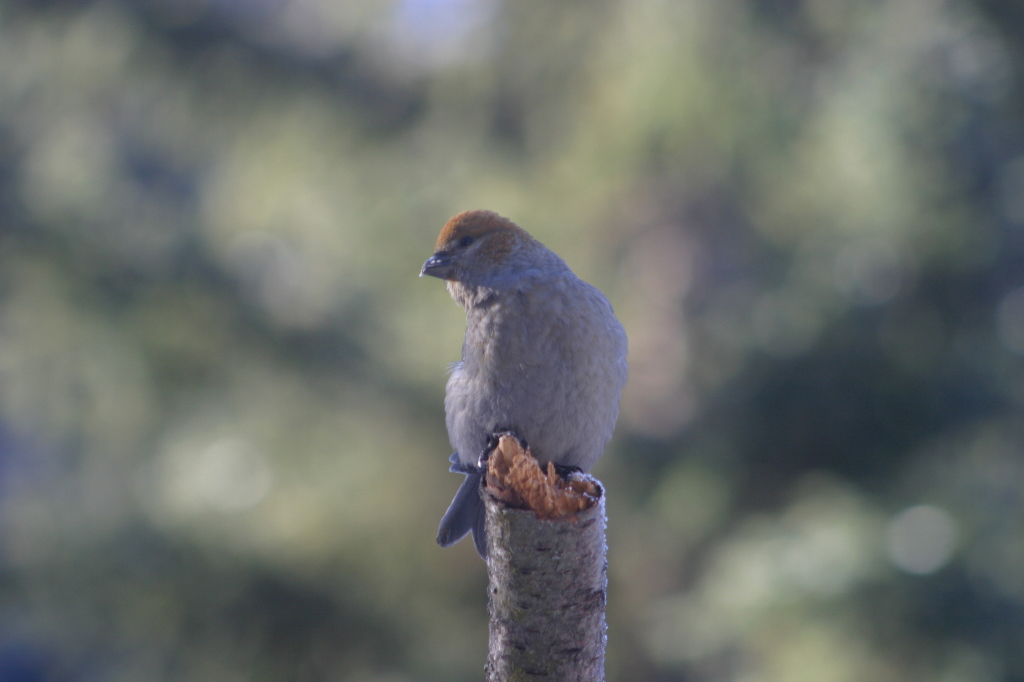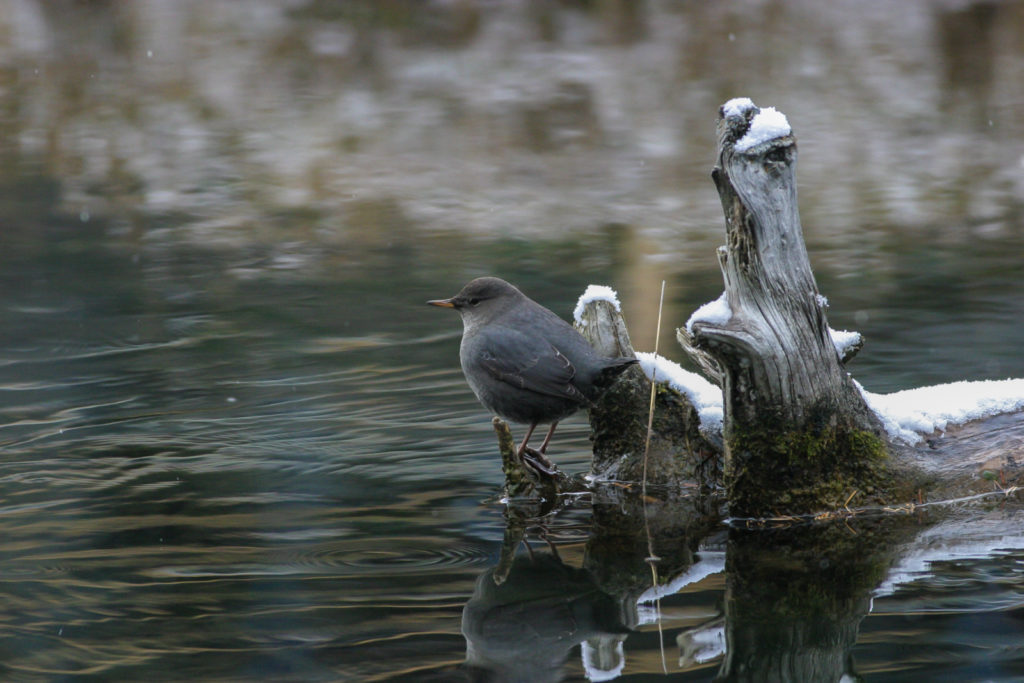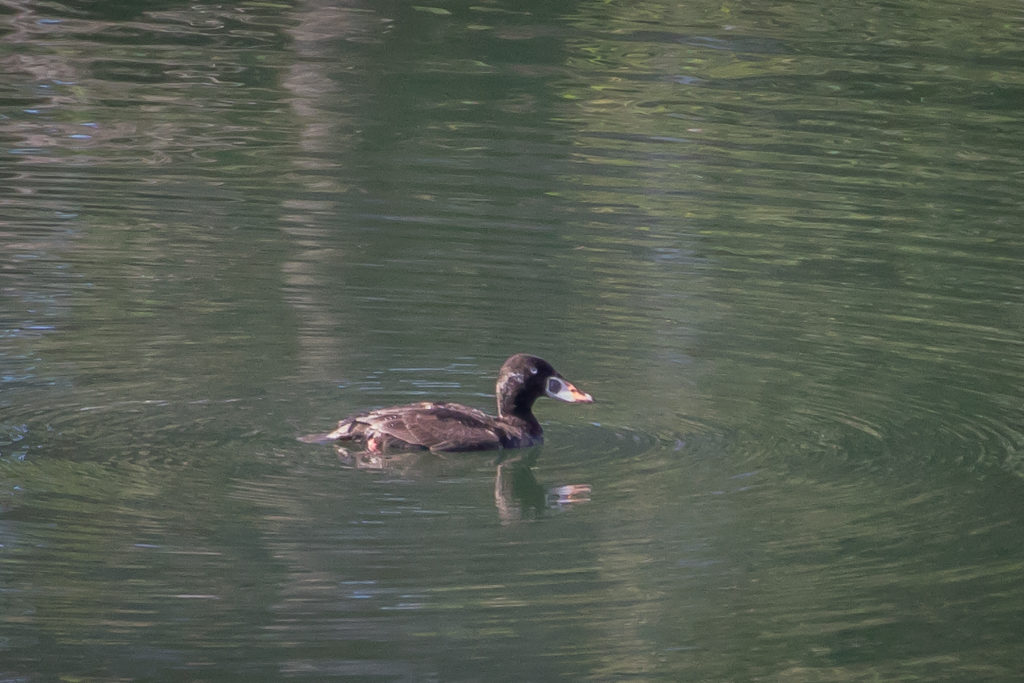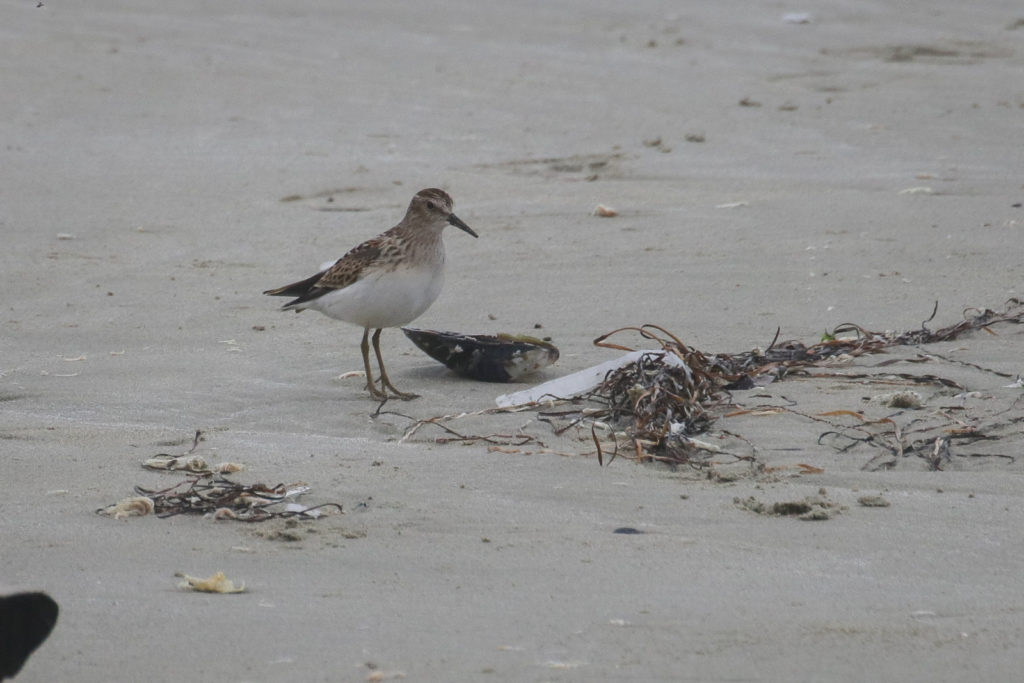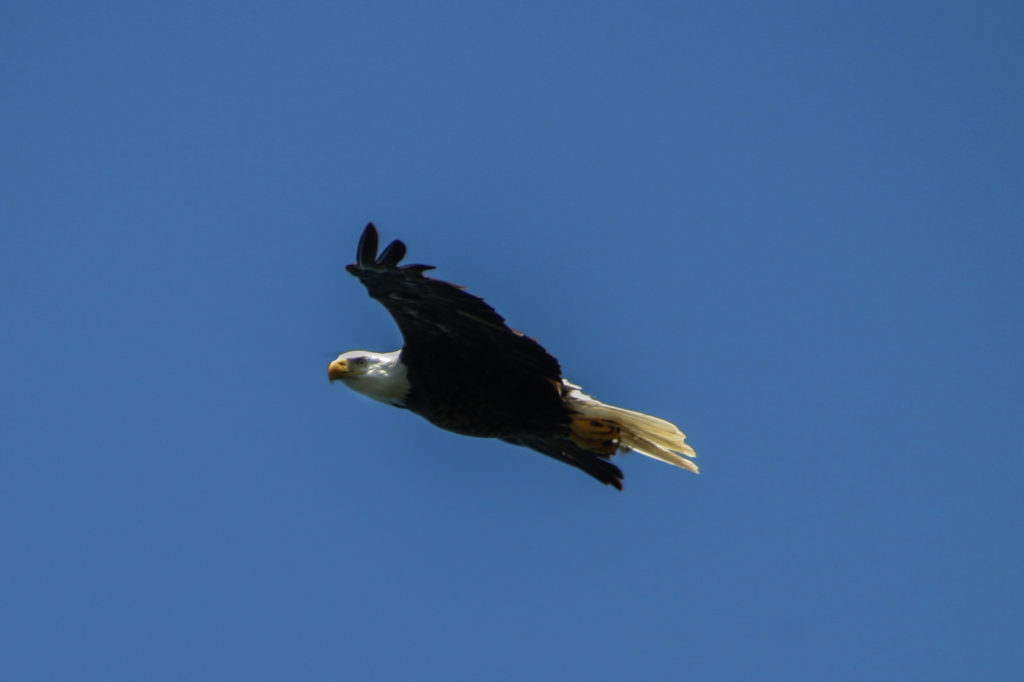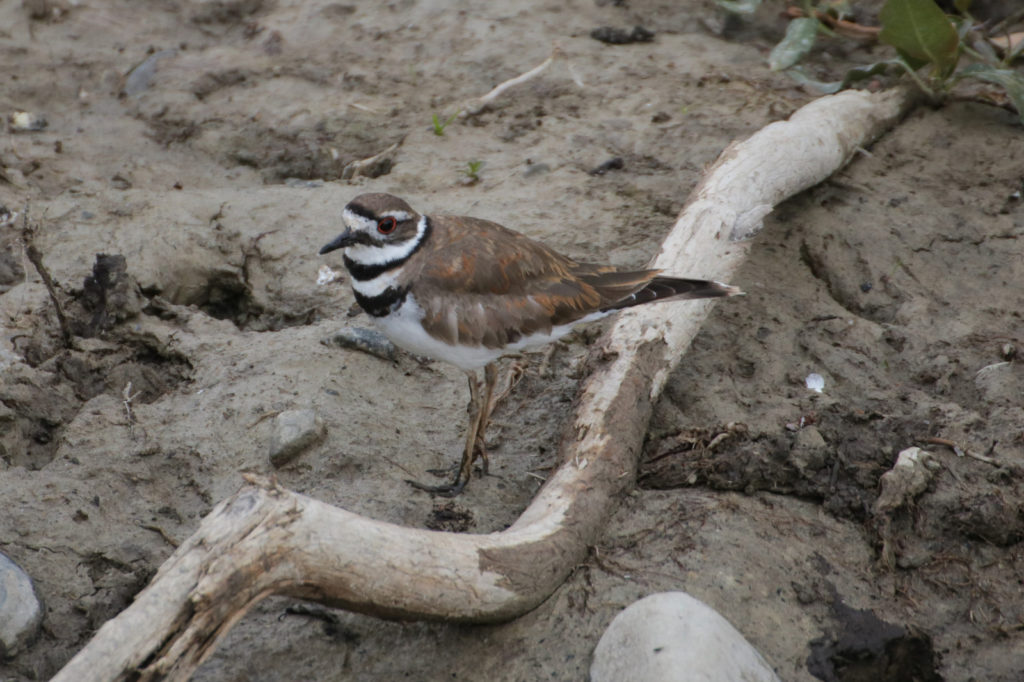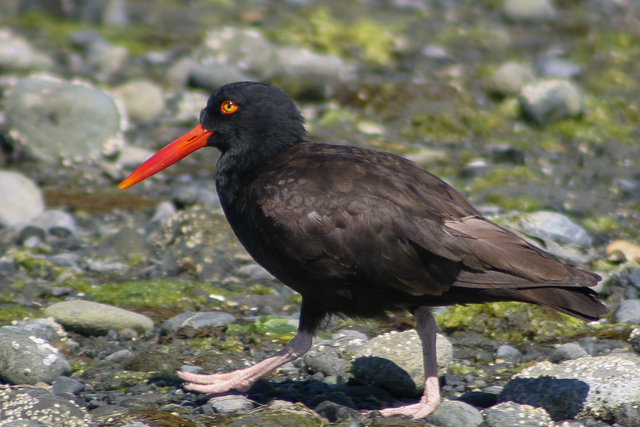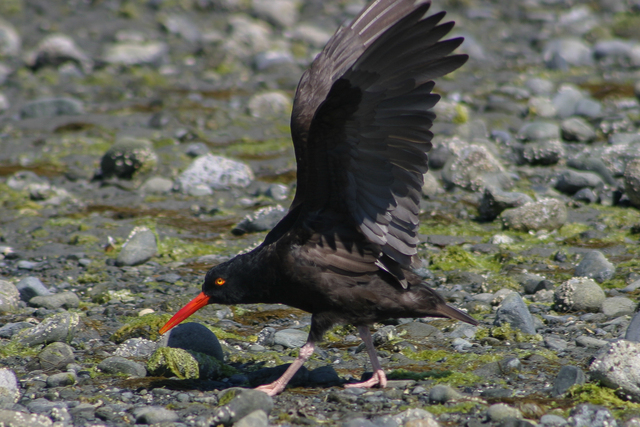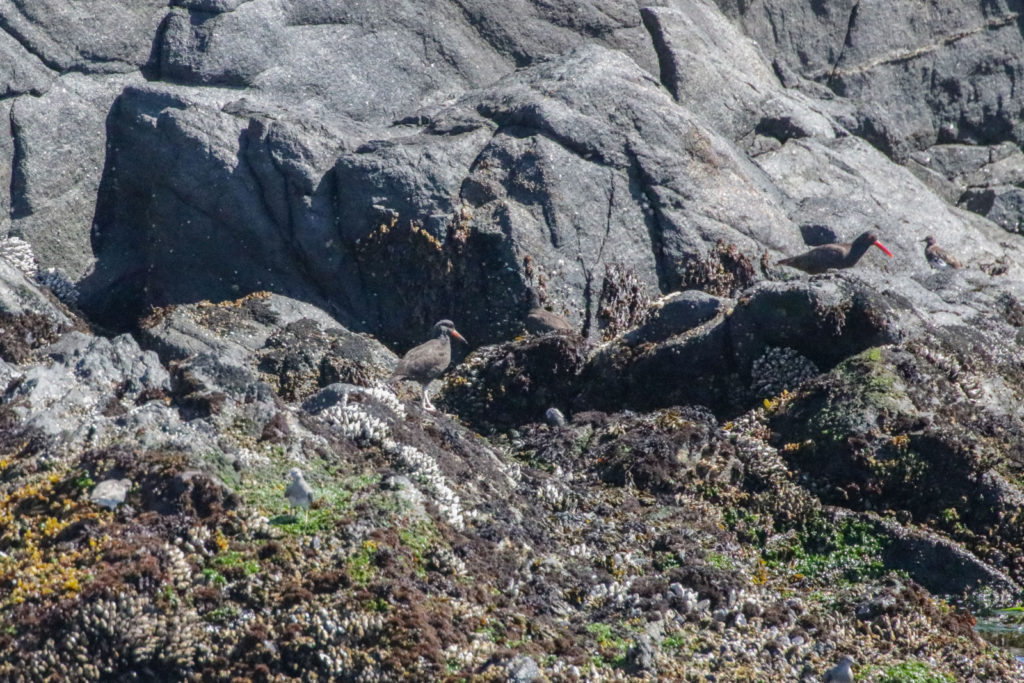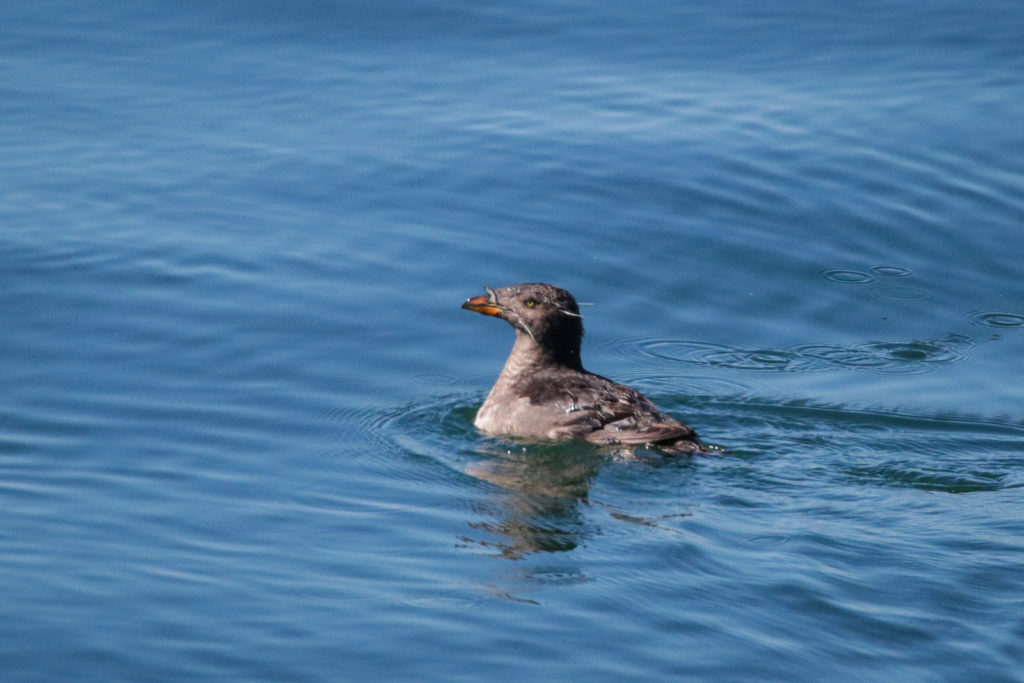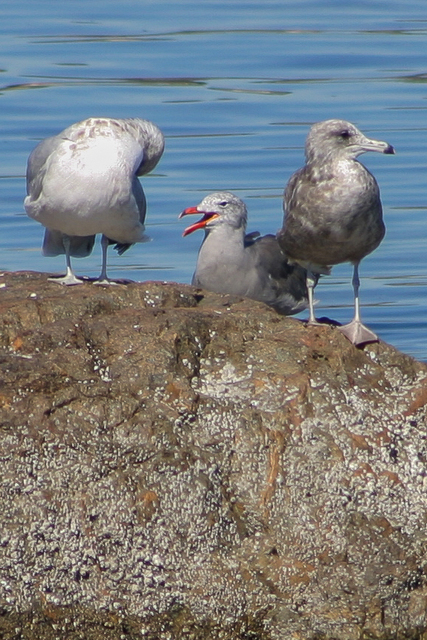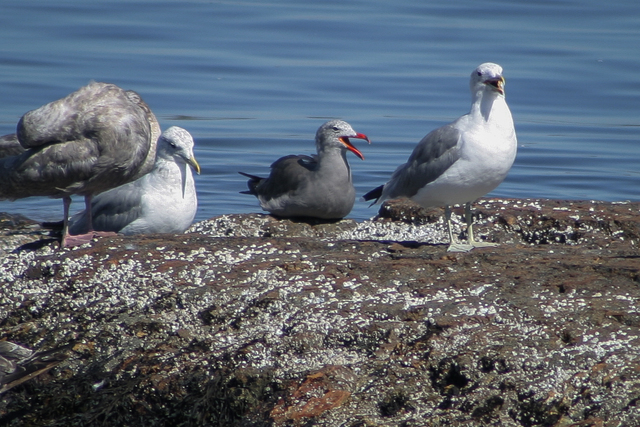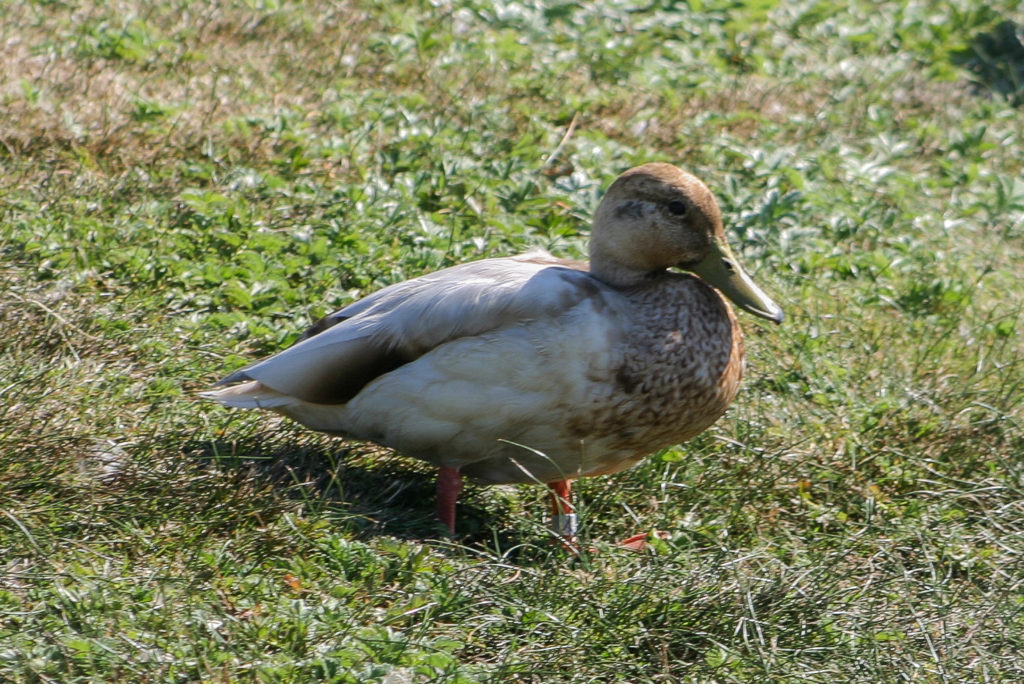Well, another Christmas Bird Count has come and gone, this one leaving us with much to
ponder.
Four weeks before the day, the weather forecast was for -12 to -13. Great, I thought. The warmest count in quite a while! Two weeks before the day, it was calling for -15 to -20. That’s OK, about average weather. The day before the count, I was sending out a weather warning to my counters. It will be -29, with windchill -45. Dress warmly! Don’t start at dawn! And please, please don’t get frostbite!
Yes, it was the coldest count since 1966, and it did not look promising, especially for people with Reynolds Syndrome. Despite the weather, we only had one group pull out, and still ended up with the largest number of participants for our count since we started. Too bad we also had the lowest number of species since then.
This is going to be mostly writing, as I did not fancy carrying the four hundred ml camera around in the cold. A friend of ours, though, is never without his camera, and he had attached some heat packs to the body with duck tape. Talk about dedication! I’ll include some of his shots here. This one is mine, though.
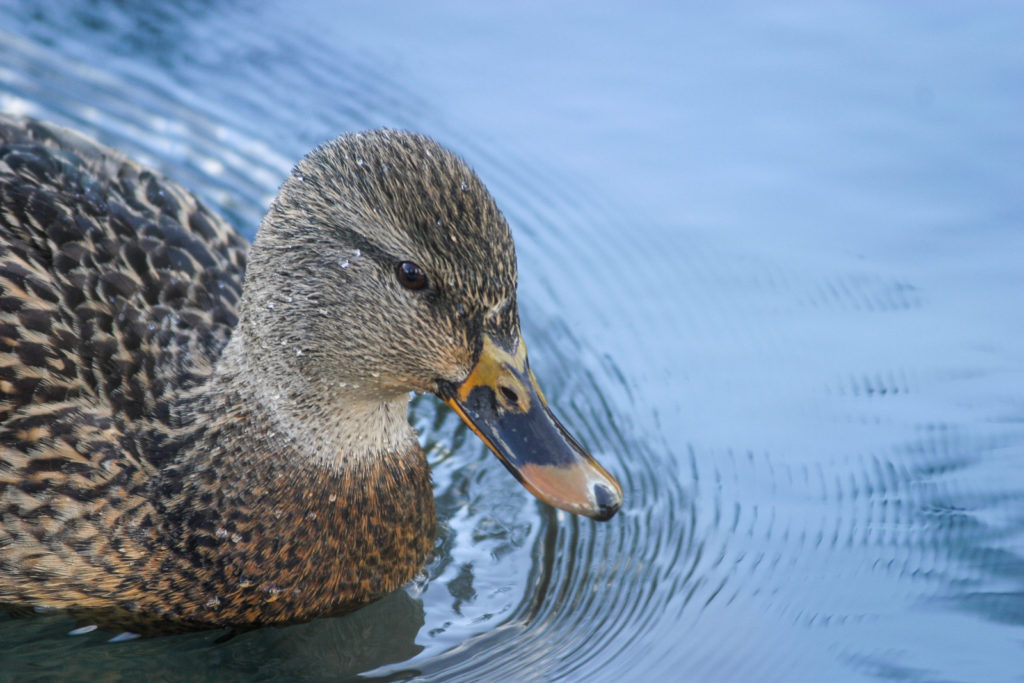
It was so cold, that on last Tuesday, I found the body of a Black-billed Magpie lying prone on a branch, frozen to death. I didn’t take a photo, though. On the count, the 17th, I did a section of a partition before returning to collect results at my house. Tallies were small, as birds were hiding from the cold, but we found some rather lost sparrows, including a Song and a White-crowned Sparrow in Canmore, with two more Songs and a White-throated Sparrow in Banff.
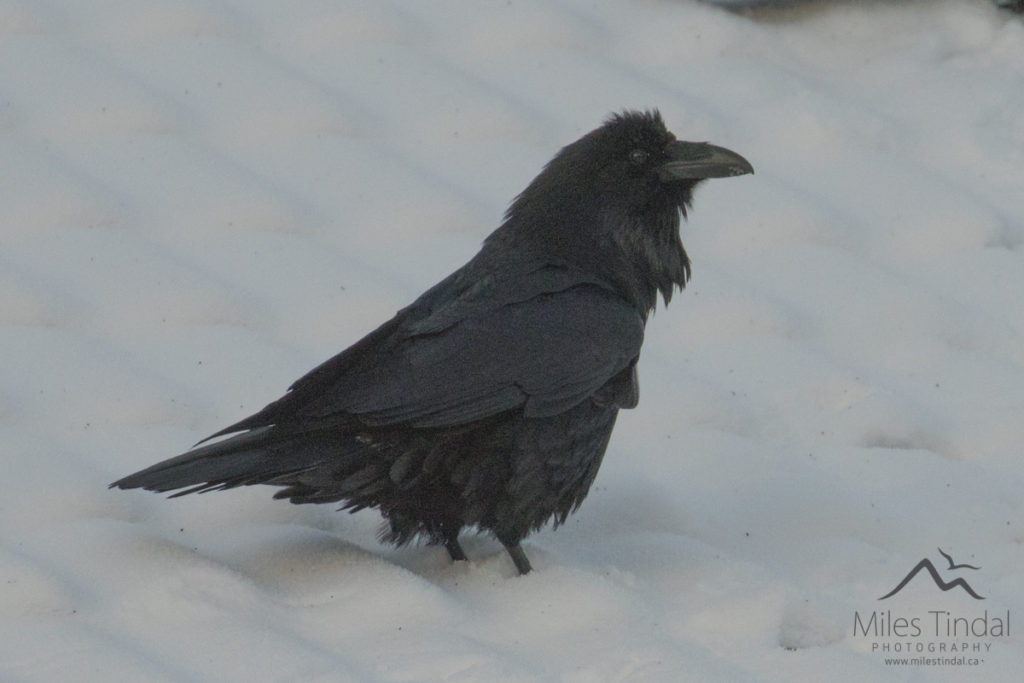
We almost cracked the individual numbers record for Common Ravens, with 319, but overall numbers were down. Total species were 7 short of the long term average of 43 species, not including count week birds, which was joint lowest ever. Woodpeckers were in short supply, as we did not find a single Flicker or Pileated during the entire week, leaving us with only three species.
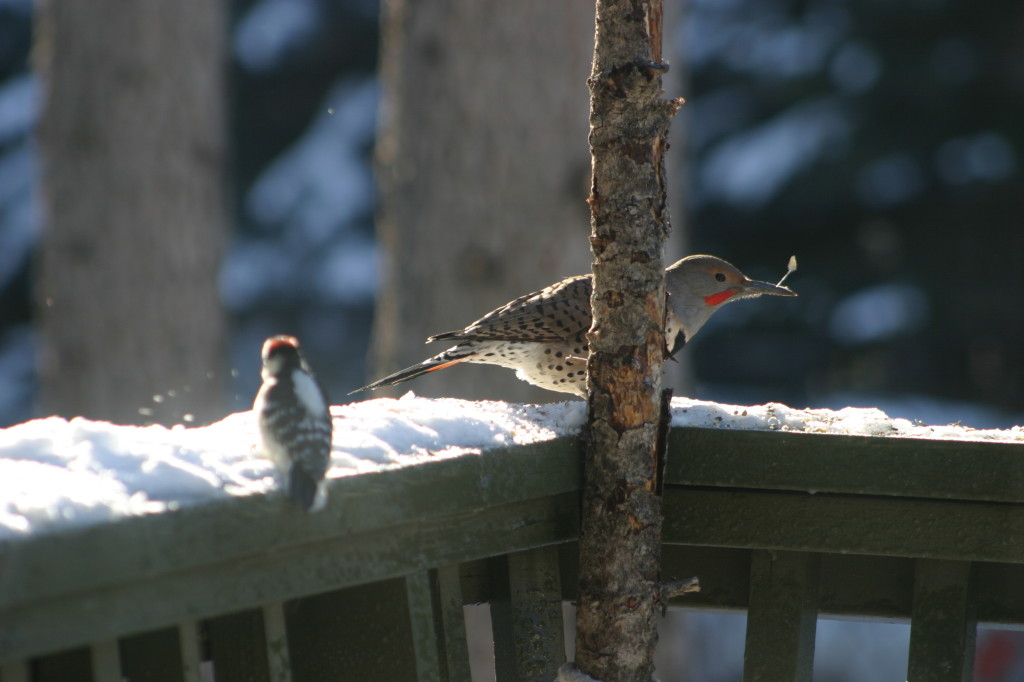
The winter finches were down from their explosive numbers last year, but that is understandable, considering how irruptive they are. Ten Pine Grosbeaks, 11 Common Redpolls and nothing else was still slightly surprising. There were also only 41 Bohemian Waxwings on the count, spread out into small flocks. Small birds held to their averages, some of them slipping a bit, but nothing special.
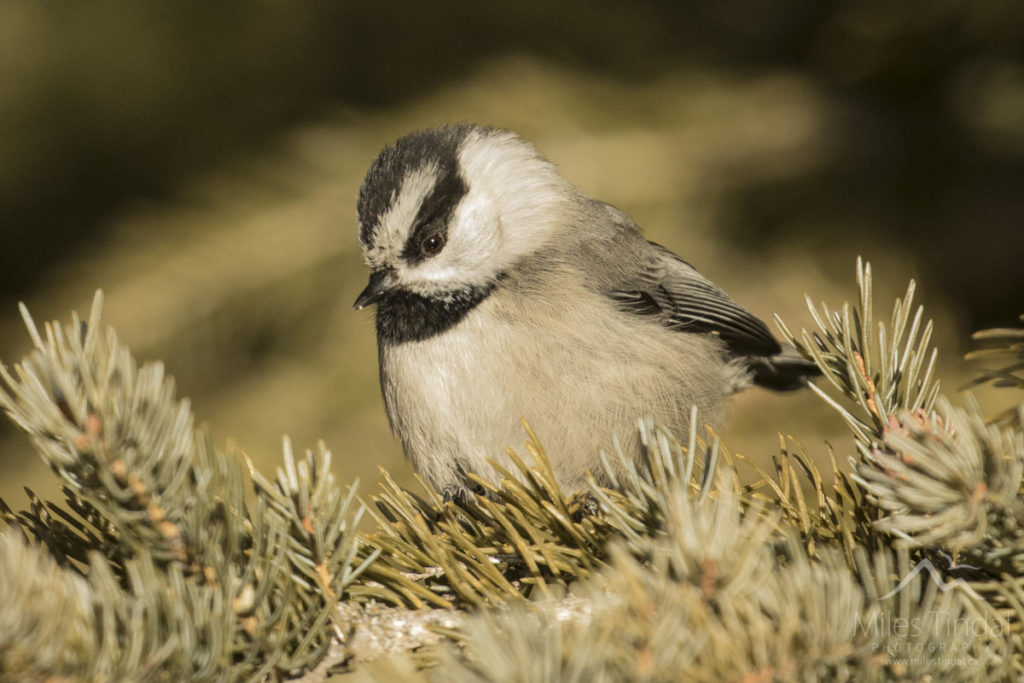
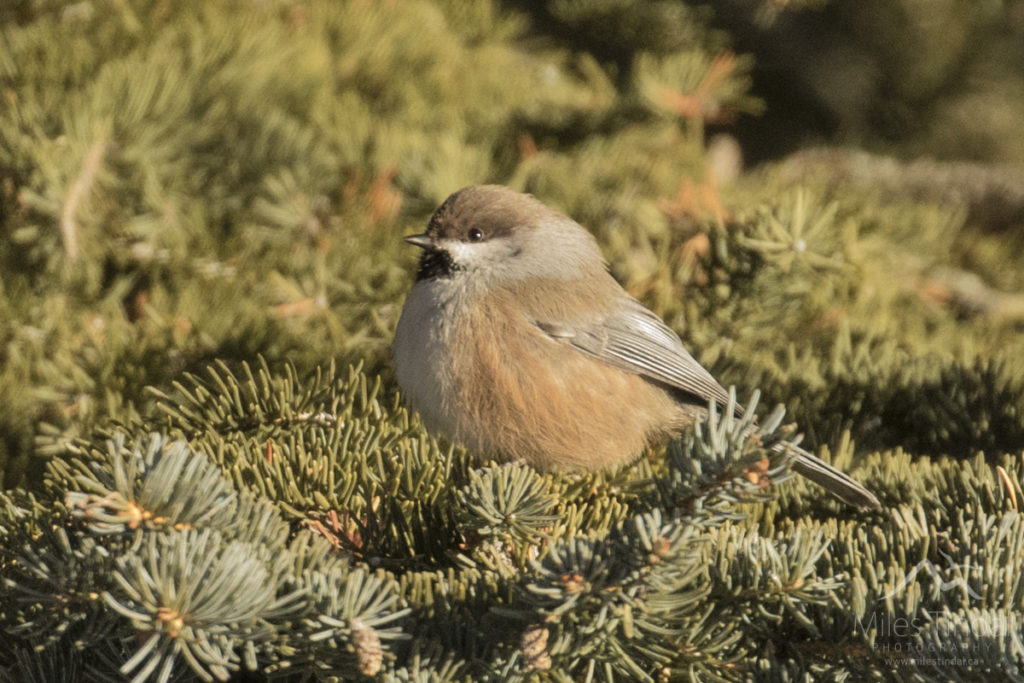
Jays were down slightly, with only one Stellar’s and 7 Blue. Grey Jays added up to a good total of 26. Perhaps the biggest surprise was that Canmore record no Ruffed Grouse, and Banff only one.
Still, the participants were good, with plenty of new faces, and many of the missing numbers can attributed to the cold. The full list is here. I hope to see many new people next year as well, and hopefully some more birds!
